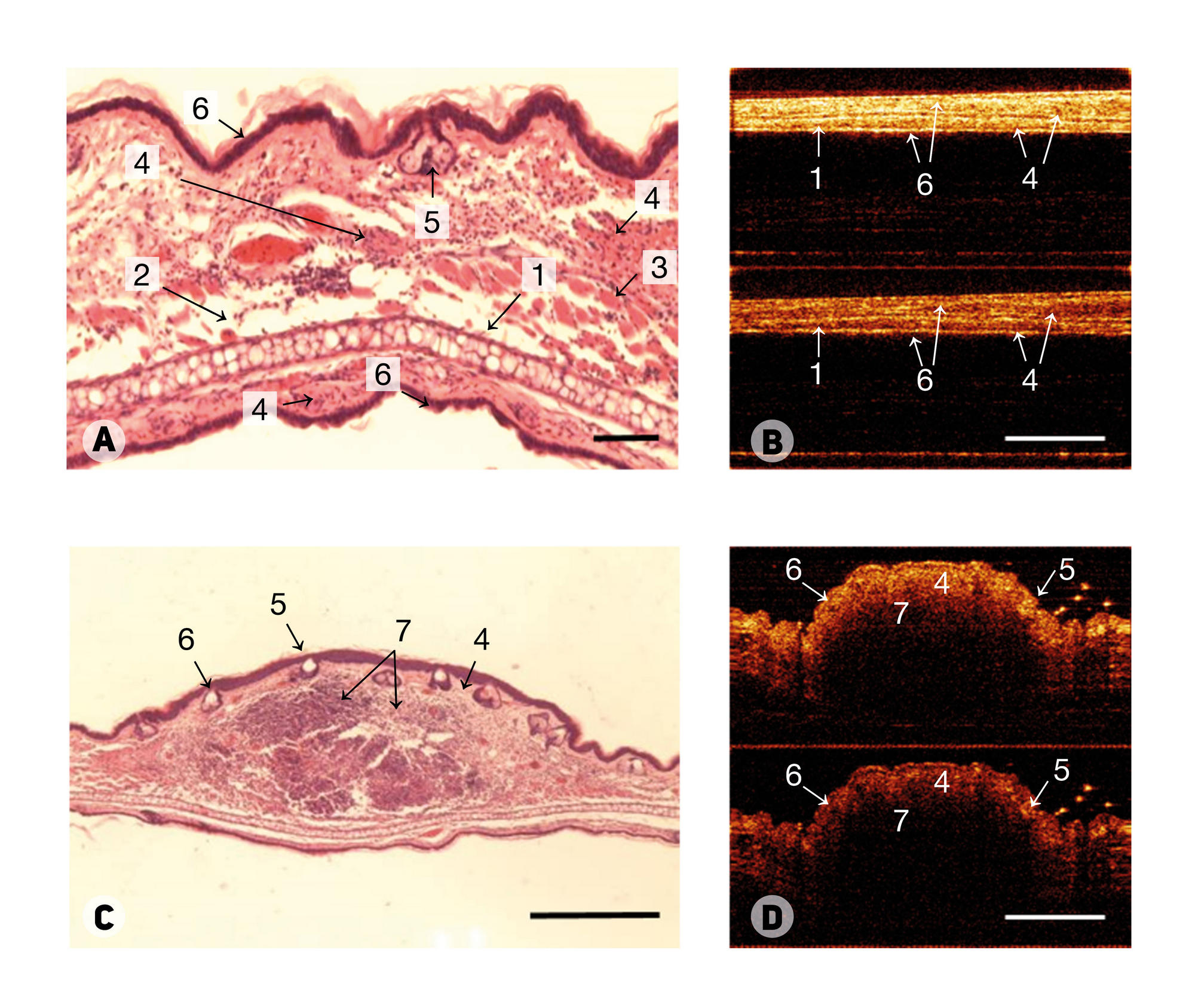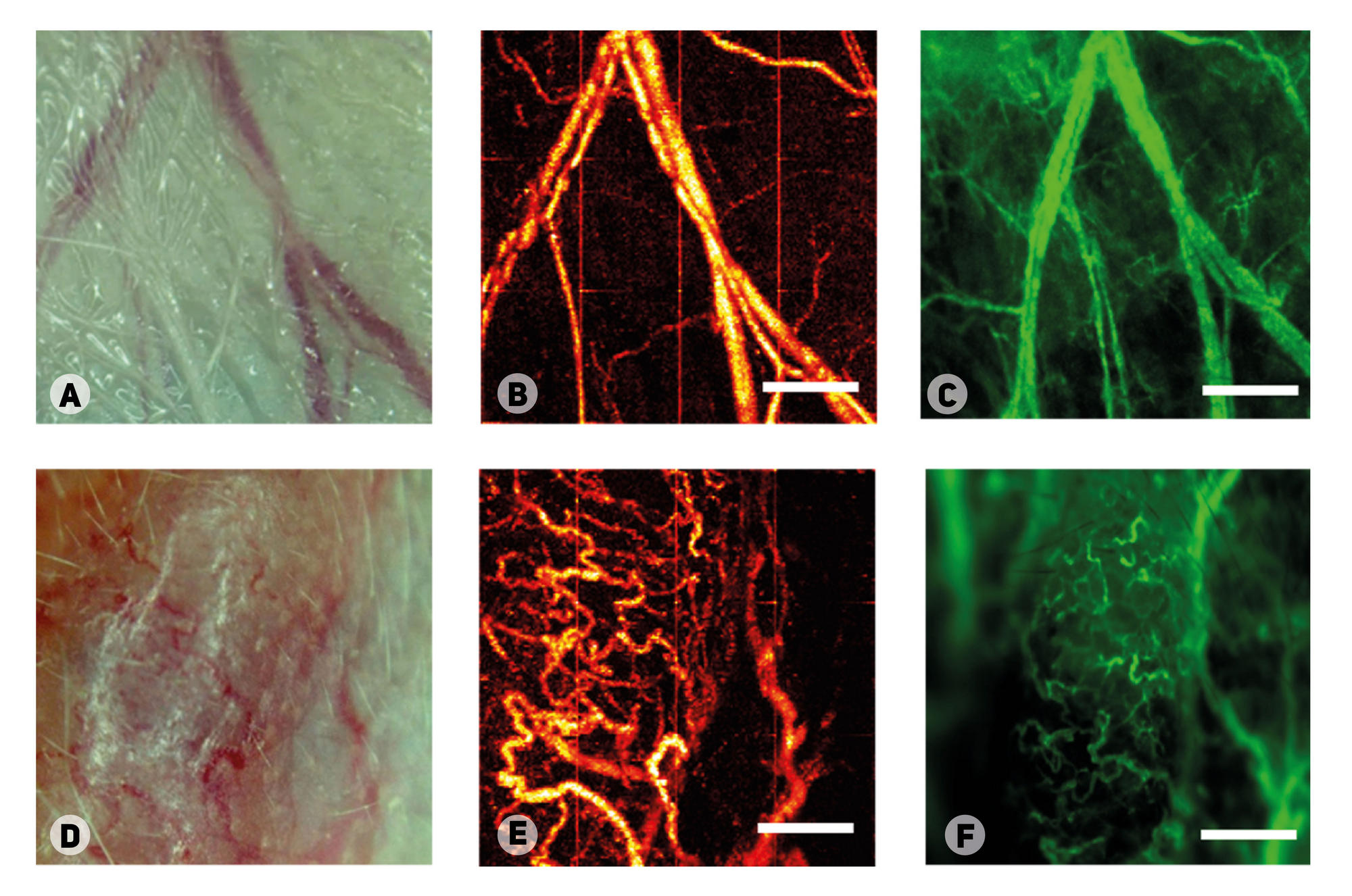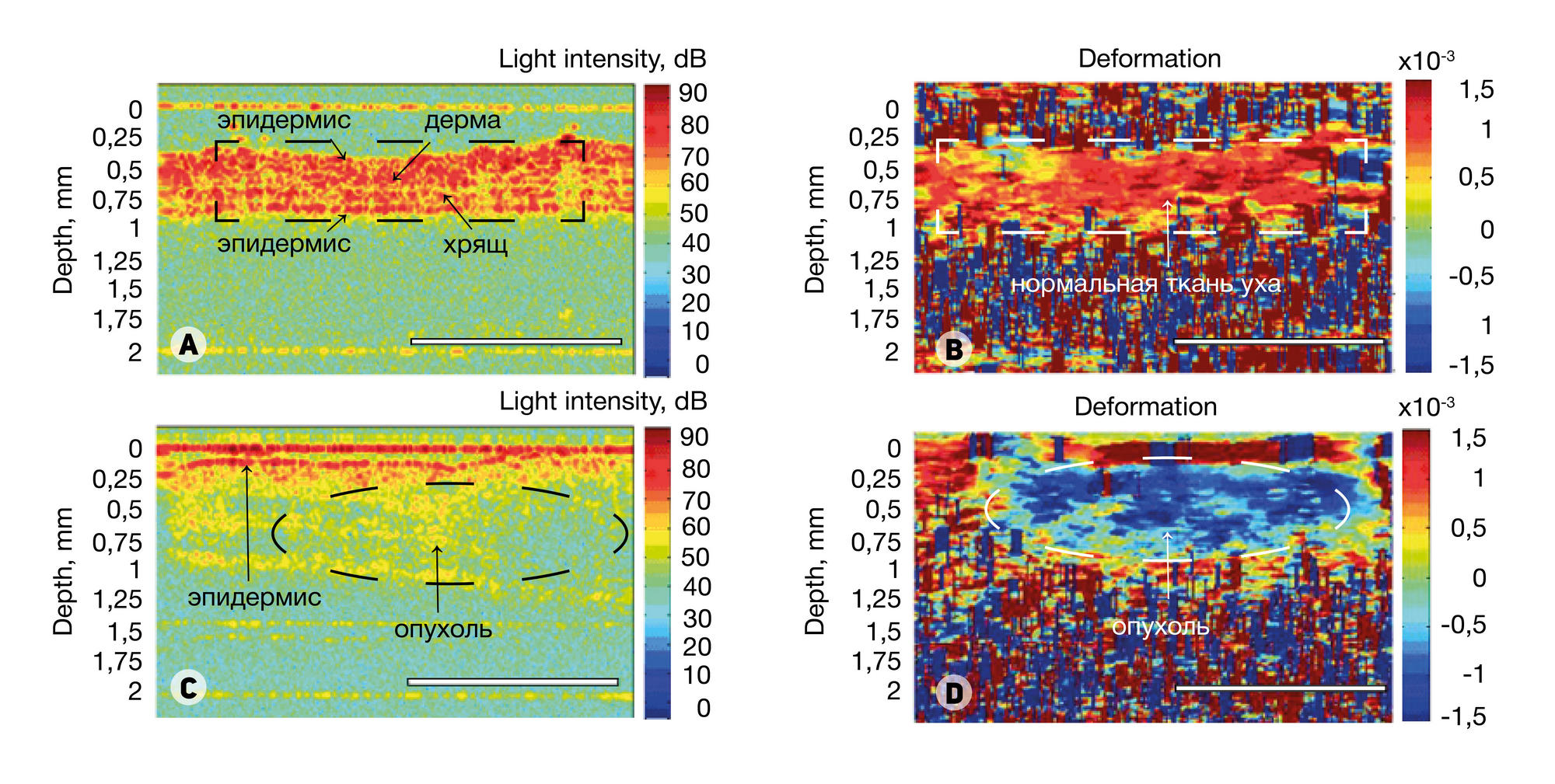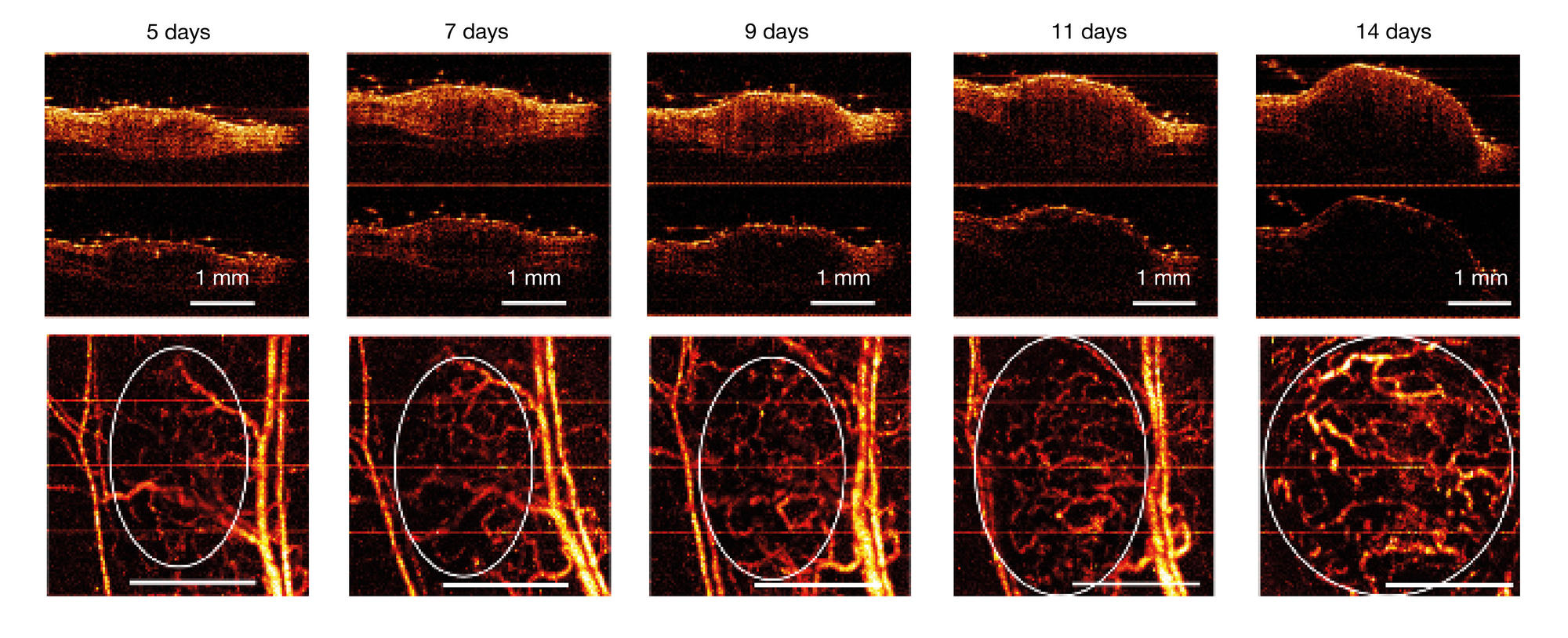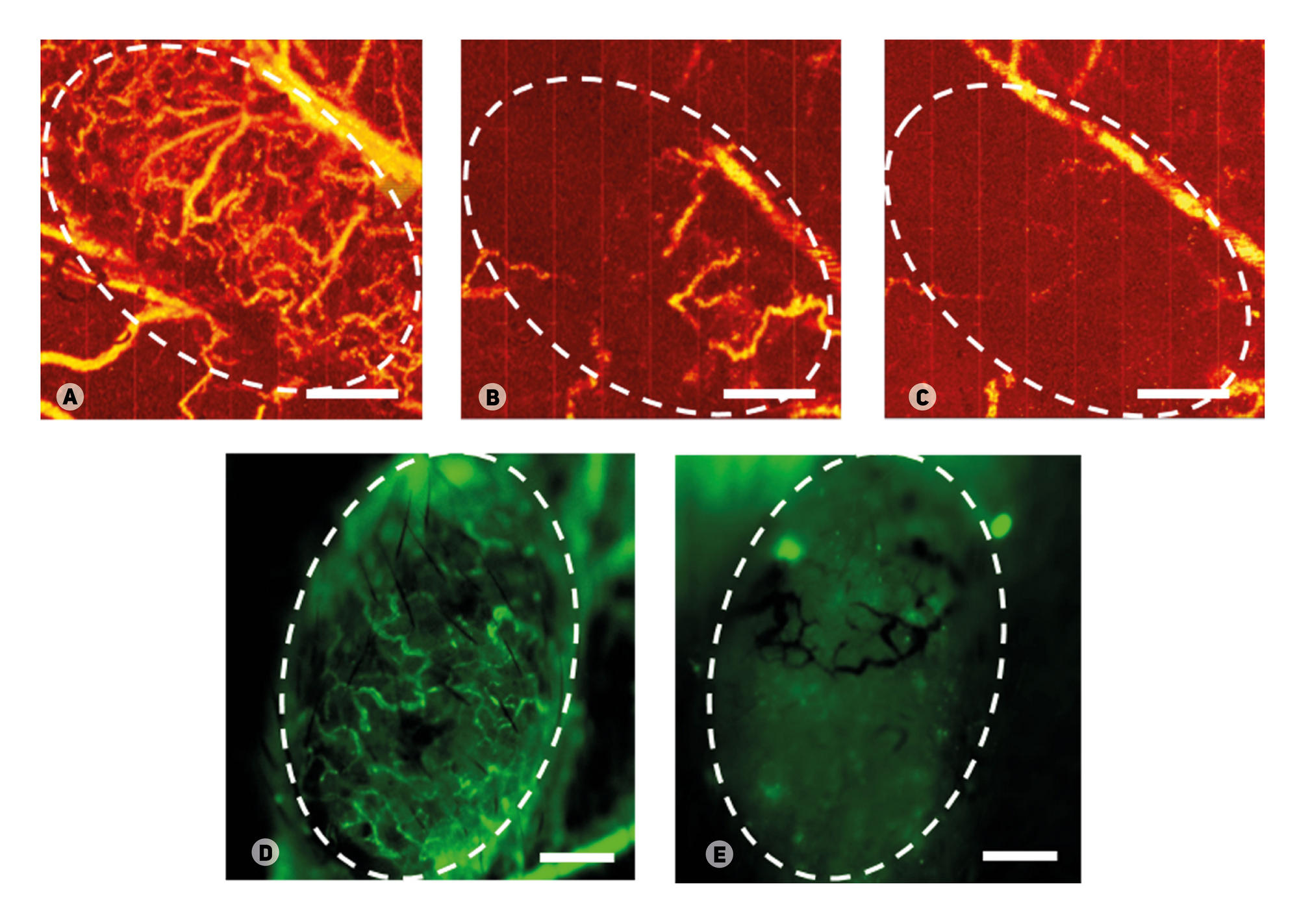
METHOD
Multimodal optical coherence tomography in the assessment of cancer treatment efficacy
1 Department of Microbiology and Immunology,
Nizhny Novgorod State Medical Academy, Nizhny Novgorod, Russia
2 Institute of Applied Physics, Russian Academy of Sciences, Nizhny Novgorod, Russia
Correspondence should be addressed: Marina Sirotkina
pl. Minina i Pozharskogo, d. 10/1, Nizhny Novgorod, Russia, 603950; ur.liam@m_aniktoris
Funding: this work was supported by the Ministry of Education and Science of the Russian Federation (grant no. 14.B25.31.0015), numerical processing of CP OCT images was supported by grant no. 15-32-20250 of the Russian Foundation for Basic Research, algorithm modification and development of software/ hardware OCT-system for mapping microcirculation and elastography images was supported by the grant of the President of the Russian Federation for young scientists (no. MK-6504.2016.2) and the grant of the Russian Foundation for Basic Research (no. 16-02-00642-а).
Acknowledgements: authors thank professor Alex Vitkin of University of Toronto (Toronto, Canada), the leading scientist of the Russian Federation Government Mega-grant 14.B25.31.0015.
